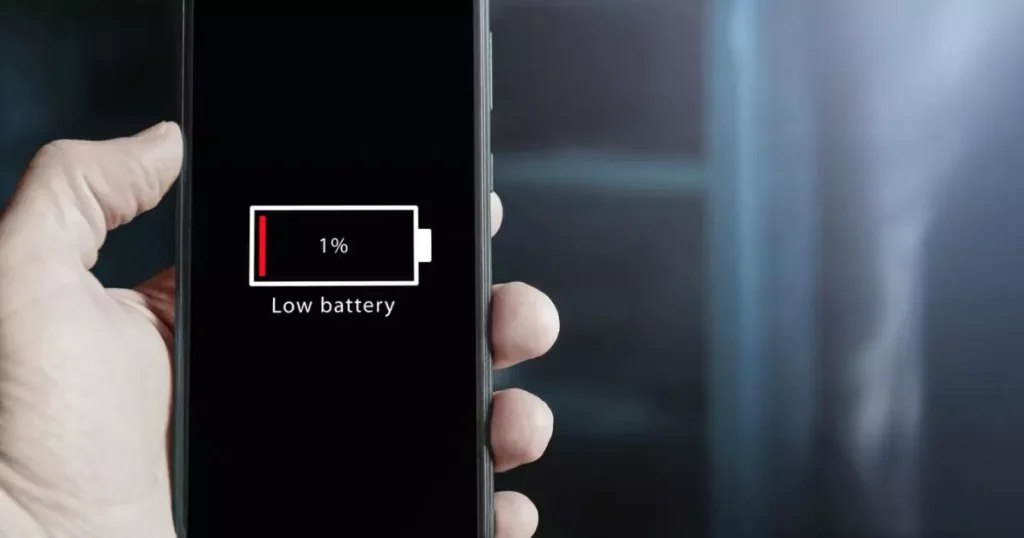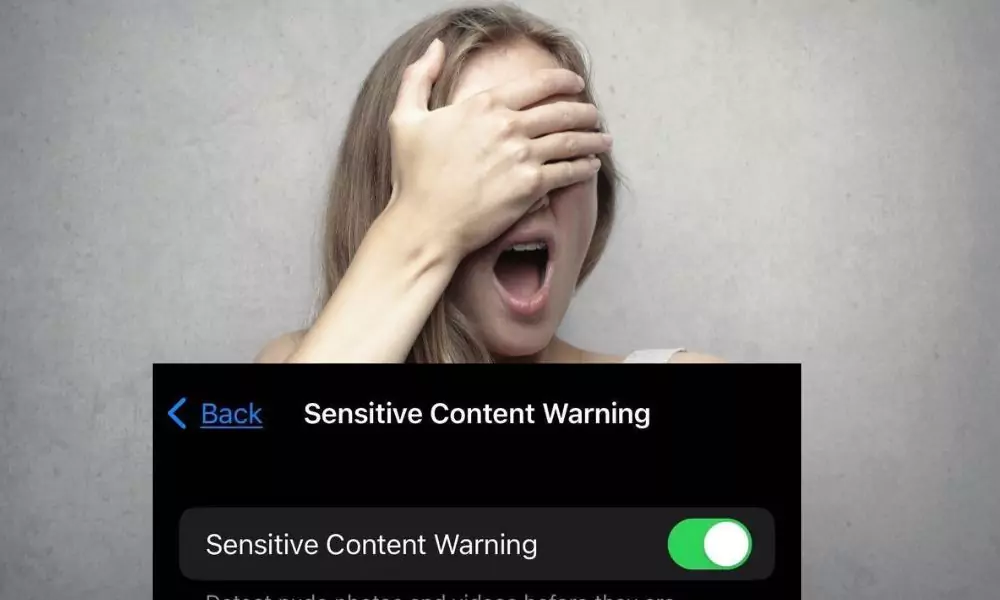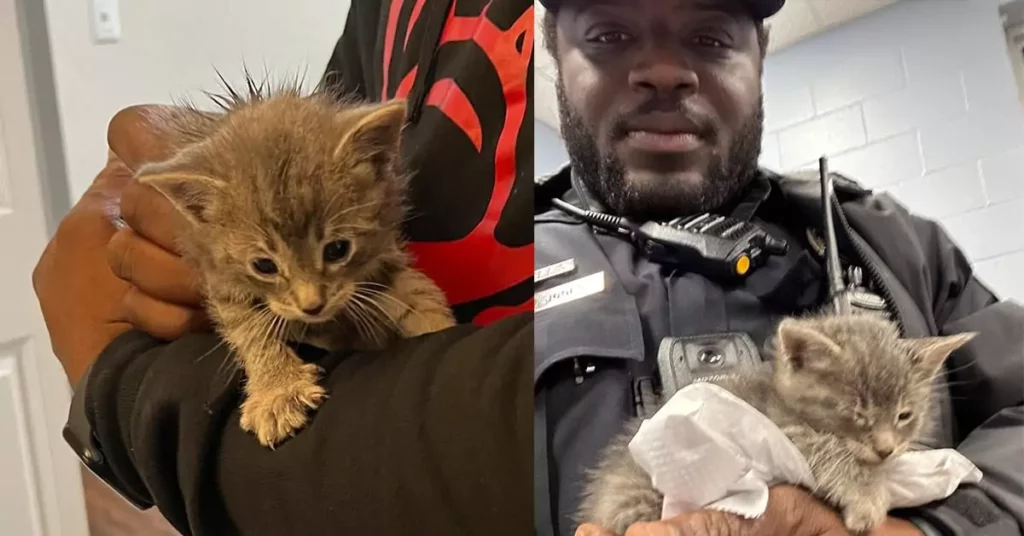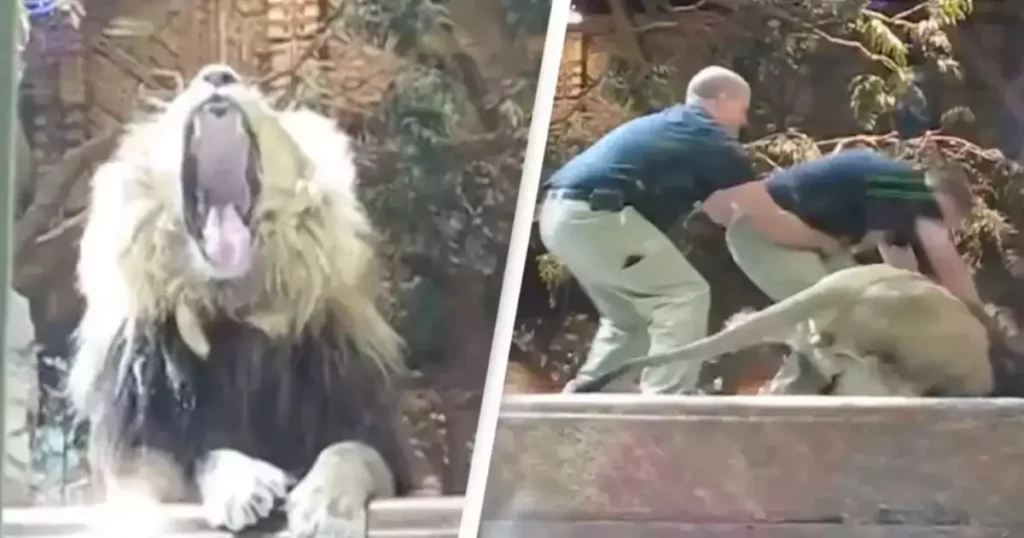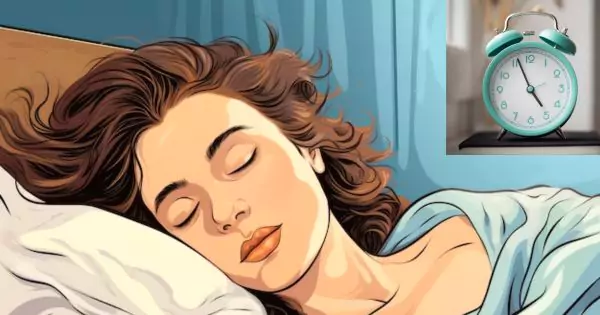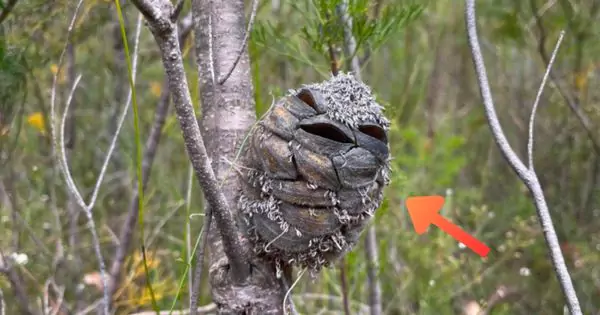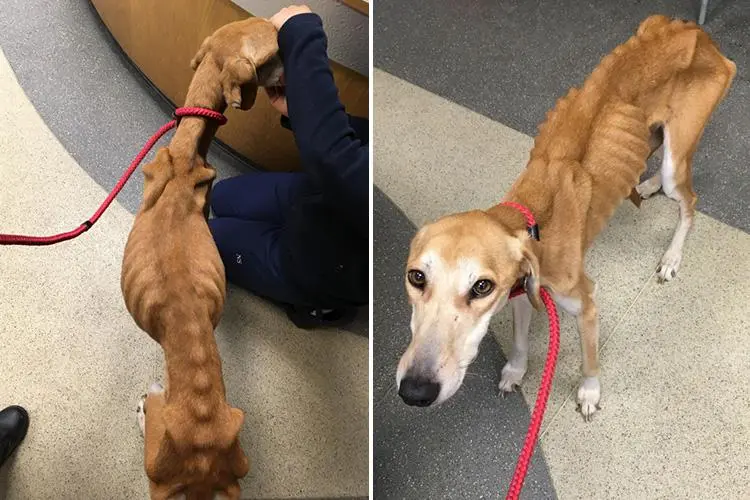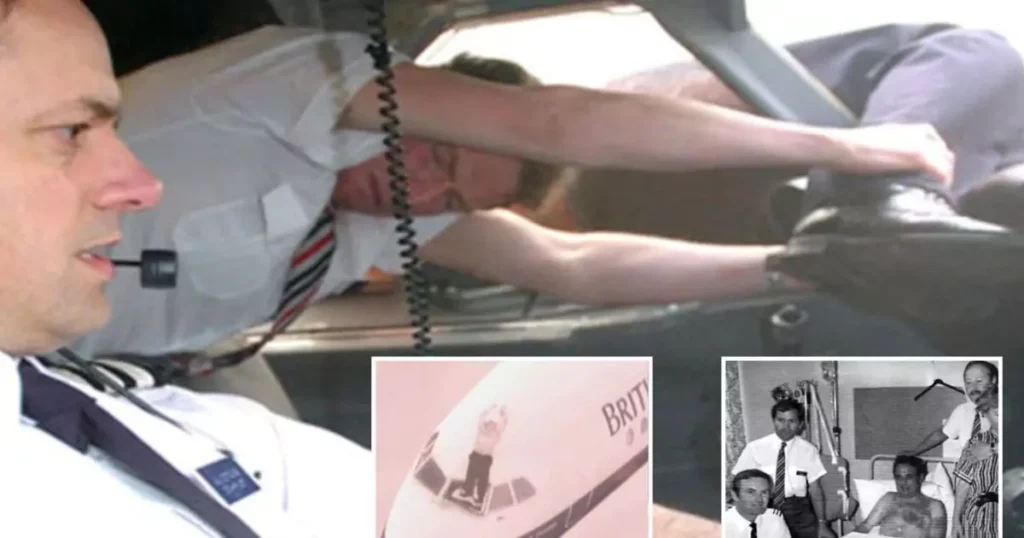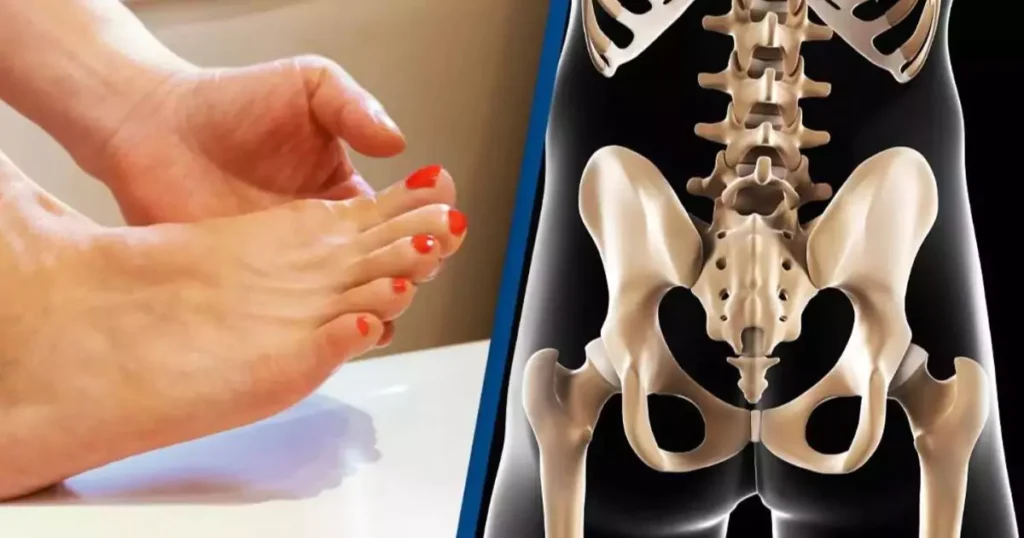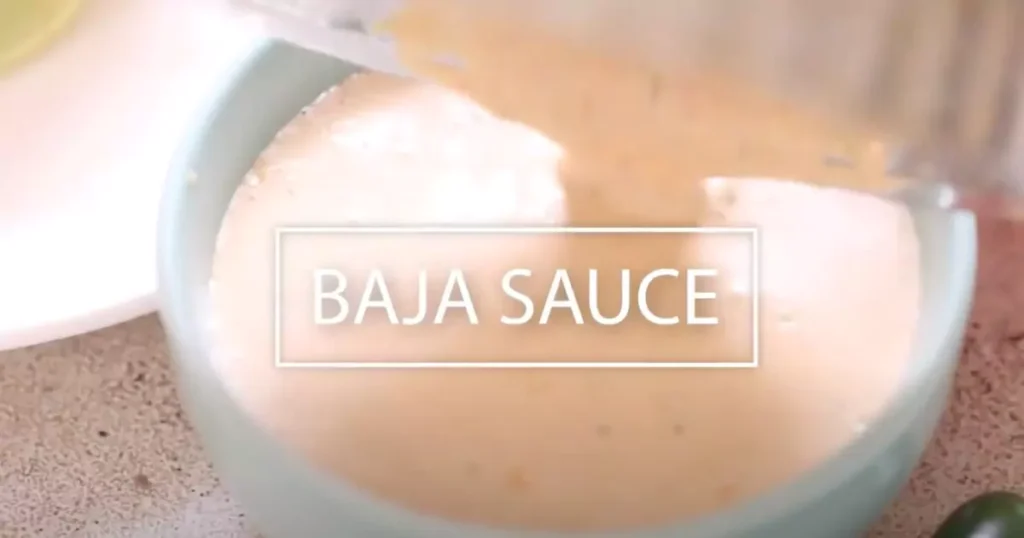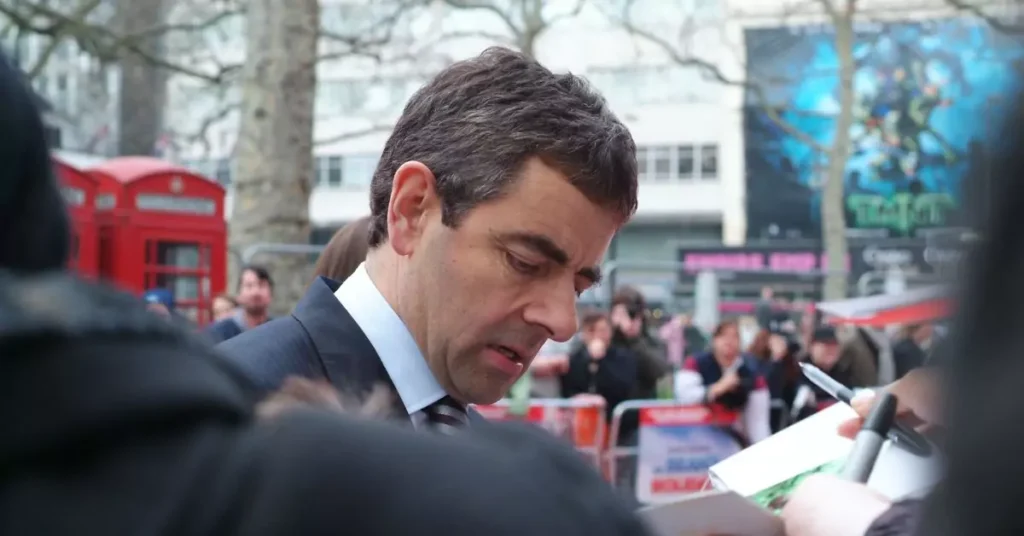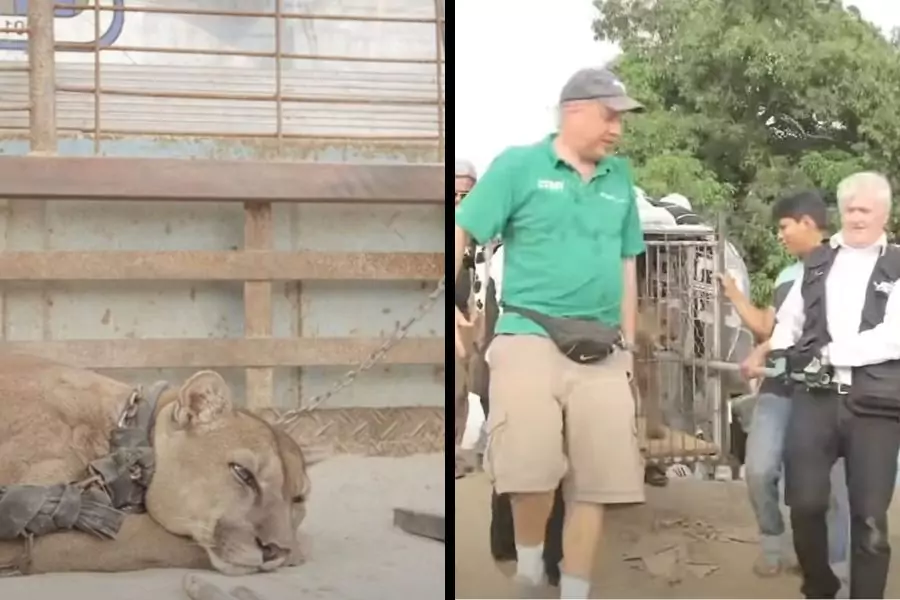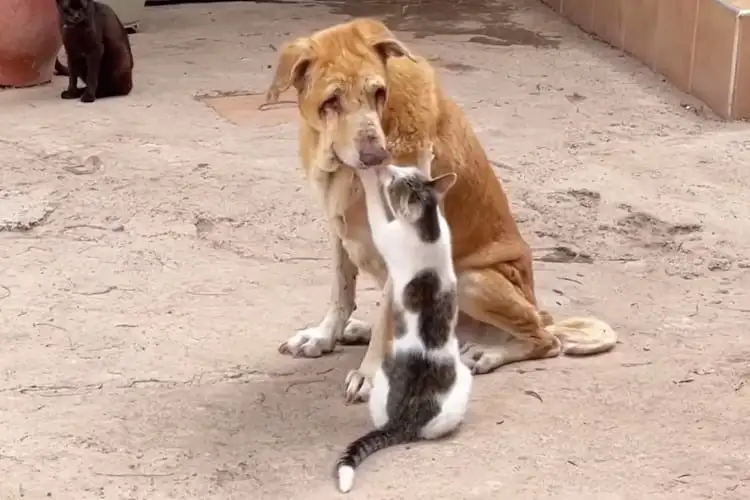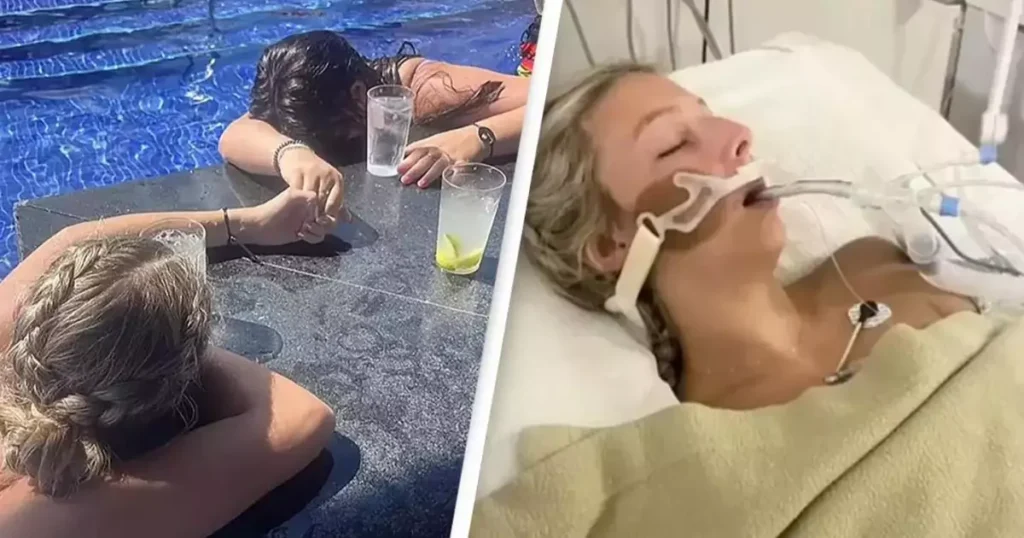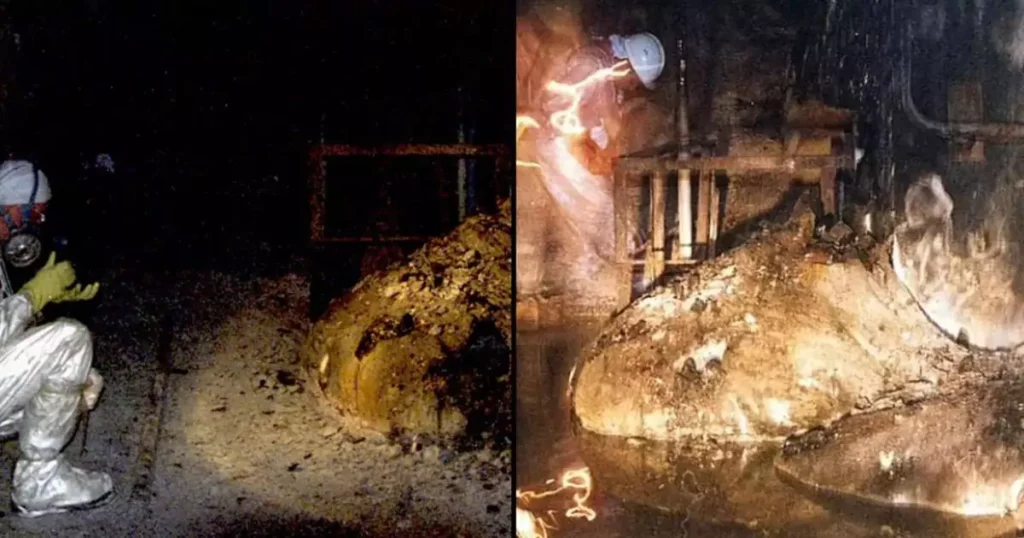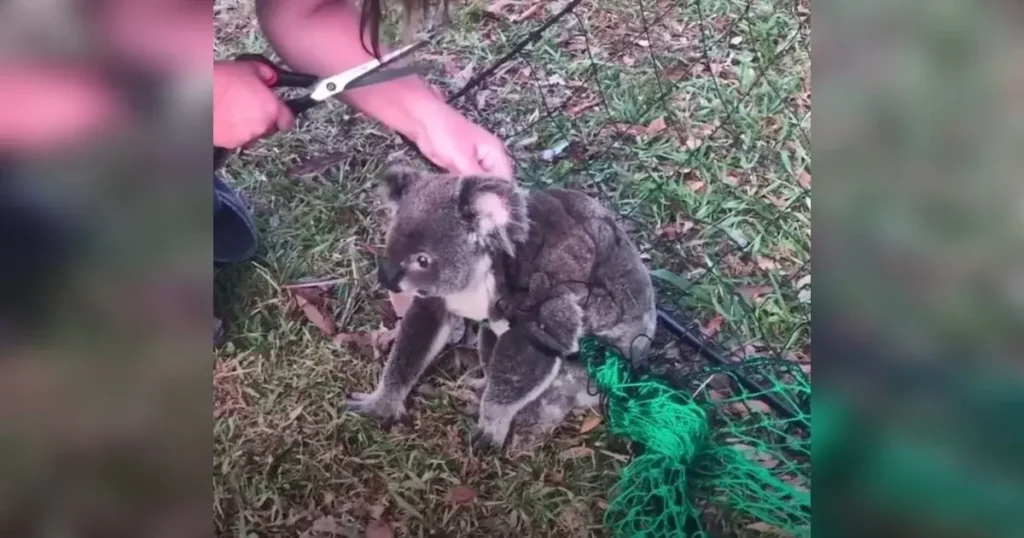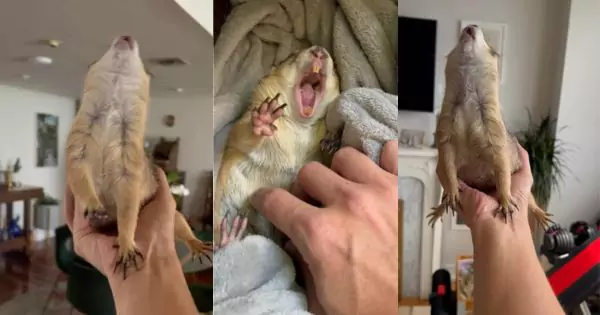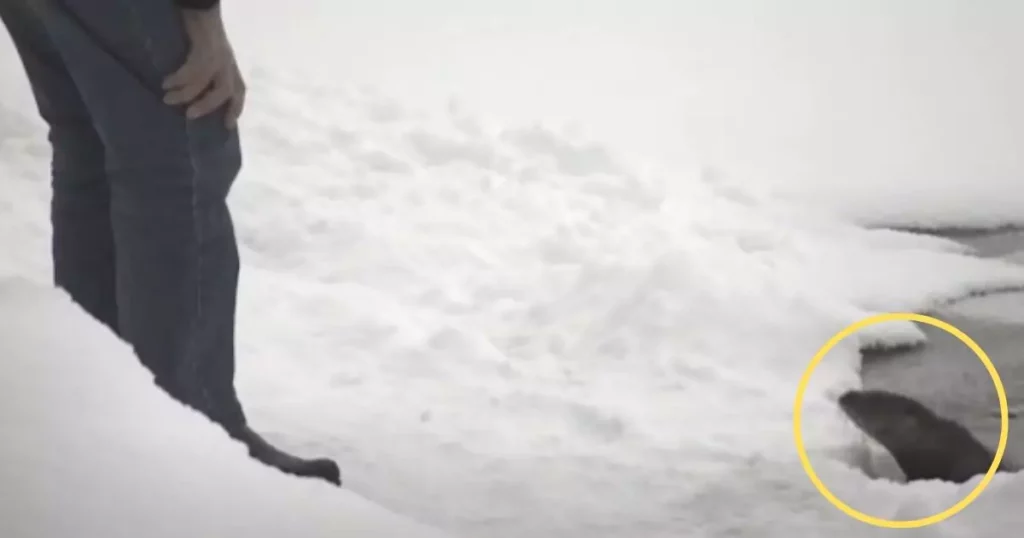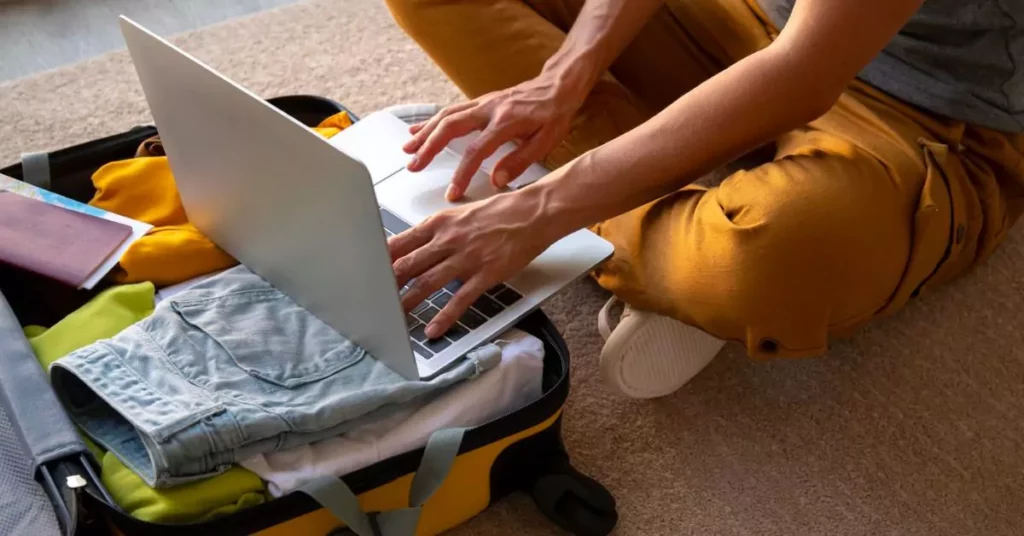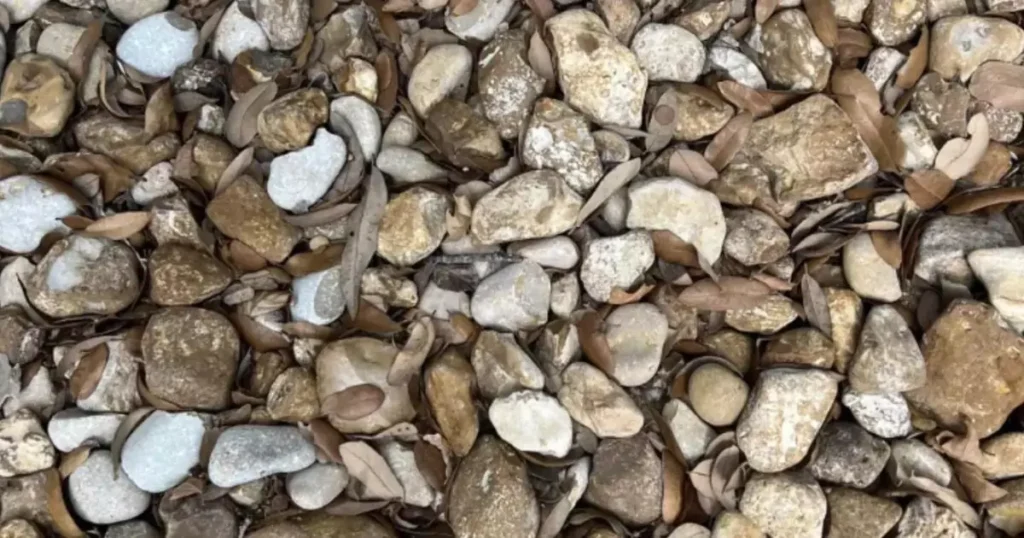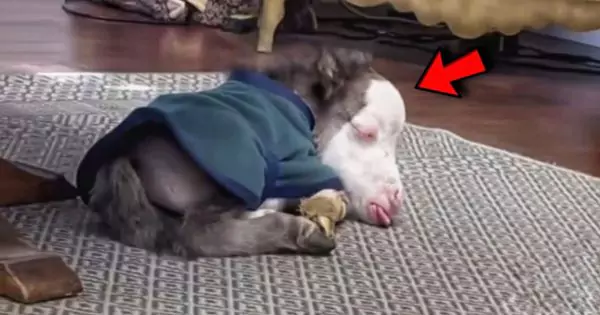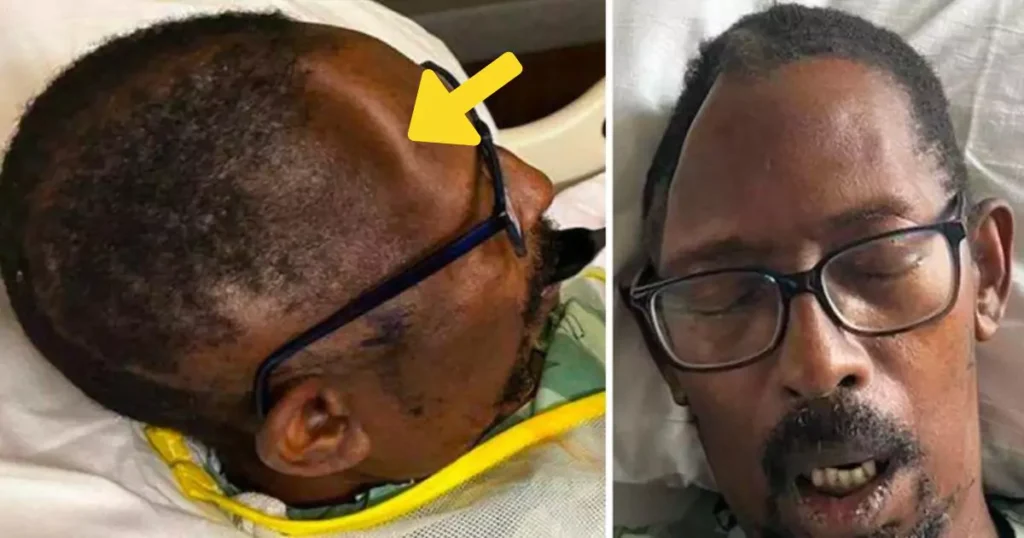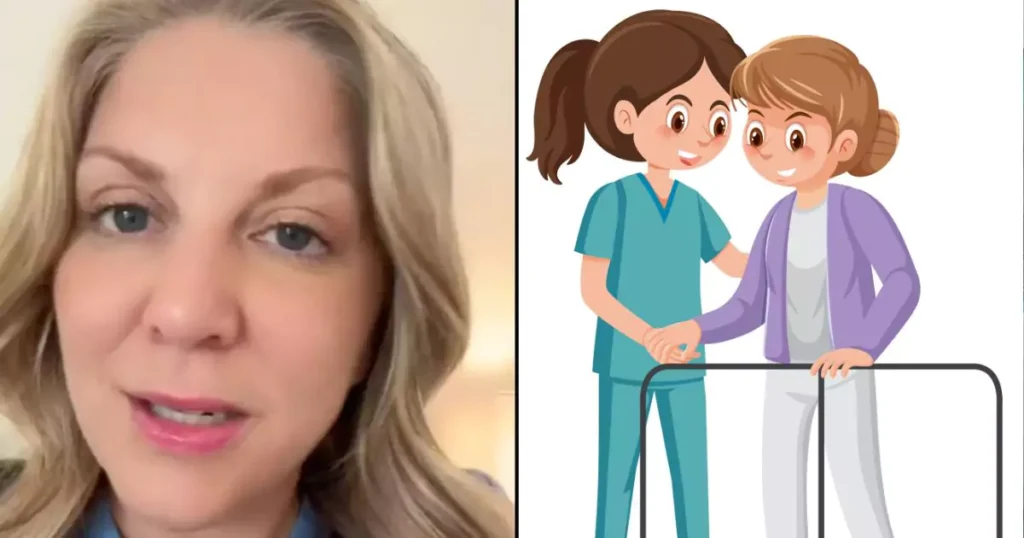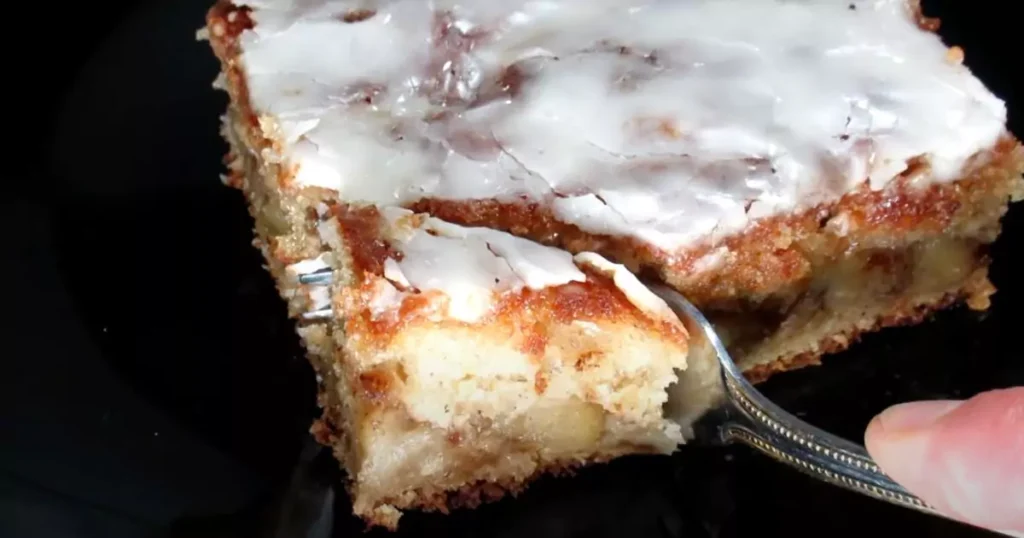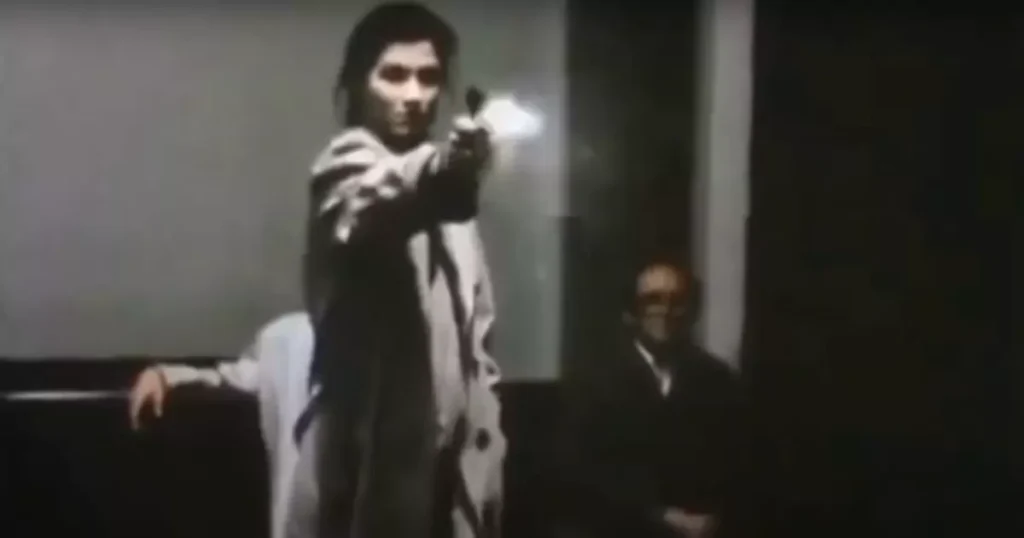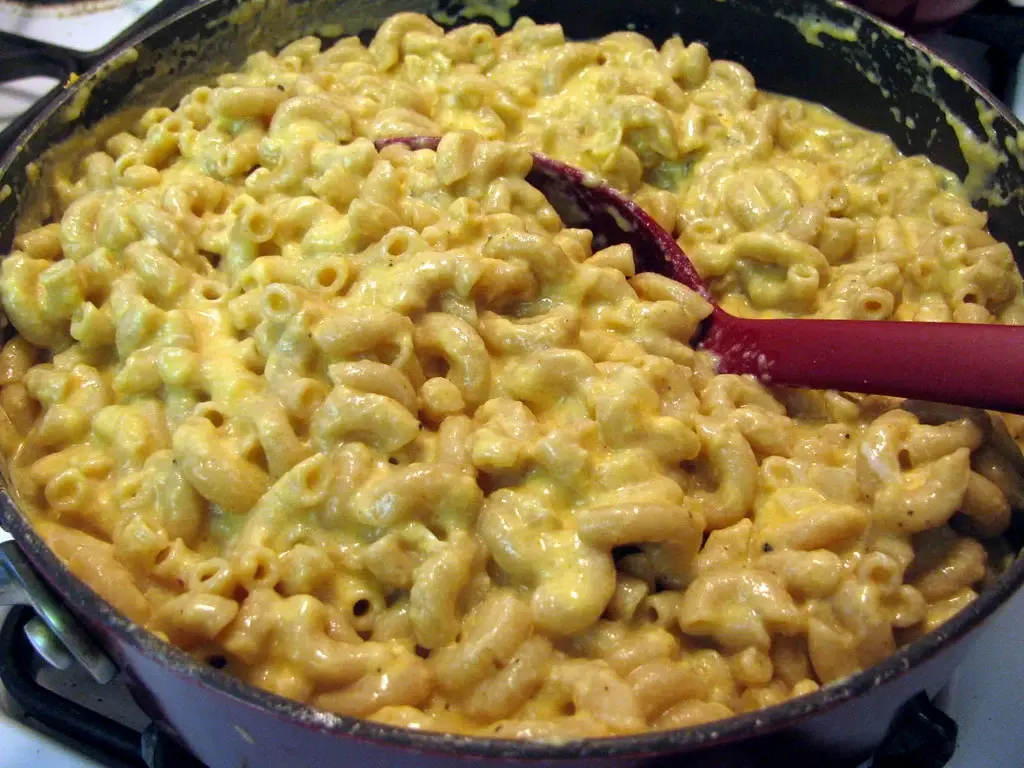
Many cat owners are now discovering the harsh reality behind declawing their pets. It may seem like a quick fix to prevent your cat from scratching furniture, but the consequences are severe. Declawing can lead to long-term suffering for your cat, both physically and emotionally. This invasive procedure is something all pet owners should avoid.
What Declawing Actually Involves
Many people mistakenly think that declawing is just removing a cat’s nails. In reality, it involves much more. According to the Humane Society of the United States, declawing means amputating the last bone of each toe on a cat’s paw. It’s equivalent to cutting off a human’s fingertips at the last knuckle. The procedure uses either a scalpel or guillotine clipper, followed by stitches or surgical glue to close the wounds.
This practice drastically alters a cat’s anatomy and behavior, causing significant pain and suffering.
Declawing’s Physical and Emotional Impact
Declawing is incredibly painful for cats. After surgery, they endure significant discomfort as their paws heal. Removing the last bone from their toes affects their ability to walk, jump, and maintain balance. Cats rely on their claws for climbing, defending themselves, and marking territory. Without claws, they may feel vulnerable and anxious, leading to behavioral changes.
Long-Term Health Issues
Declawing doesn’t just cause temporary pain. It can lead to lifelong complications, such as:
- Chronic Pain: Many declawed cats experience ongoing pain, leading to limping and reluctance to move.
- Mobility Issues: Declawed cats often struggle with walking or jumping. This alters their muscle and joint function over time.
- Arthritis: The change in their walking style can lead to arthritis, causing further pain as they age.
These health issues reduce your cat’s quality of life and may result in costly vet bills.
Emotional Toll on Declawed Cats
Declawing affects a cat’s behavior. Cats feel vulnerable without their claws and may become aggressive or anxious. Without claws, some cats resort to biting when threatened. Additionally, they may avoid using the litter box due to pain in their paws while digging.
Declawing can lead to depression, withdrawal, and other emotional issues.
Why Owners Consider Declawing
Many pet owners opt for declawing to protect their furniture from scratching. Cats scratch to sharpen their claws, stretch muscles, and mark territory. While it may seem like a practical solution, declawing leads to much bigger problems for your pet. Fortunately, several humane alternatives are available to manage your cat’s scratching behavior.
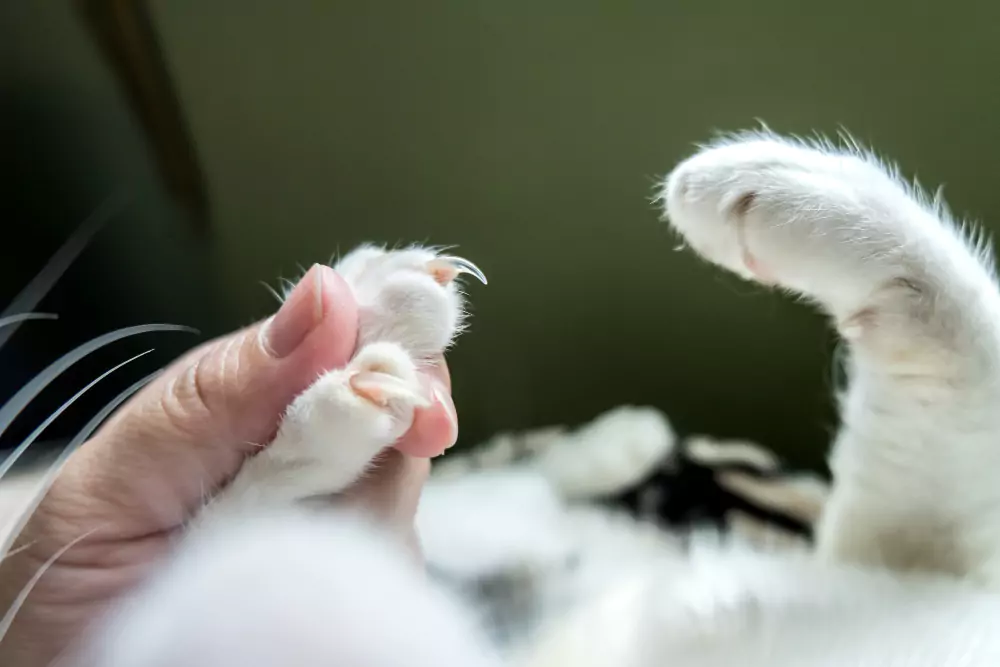
Humane Alternatives to Declawing
- Scratching Posts: Offer multiple scratching posts around your home. These provide an appropriate outlet for your cat’s natural urge to scratch.
- Nail Caps: Small rubber coverings, known as nail caps, can be applied to your cat’s claws to protect furniture. These are non-invasive and safe for your pet.
- Regular Nail Trimming: Trim your cat’s nails regularly to reduce their ability to cause damage when they scratch.
- Scratch Deterrent Sprays: These sprays deter cats from scratching furniture by making the surface less appealing.
- Training and Redirection: Gently guide your cat to scratch on appropriate surfaces. Reward them for using scratching posts instead of furniture.
Precautions: Think Before You Declaw
Before considering declawing, understand the procedure’s impact and the alternatives available.
- Check Local Laws: Declawing is illegal or restricted in many countries and regions. Check local regulations before proceeding.
- Consult a Vet: Speak with your veterinarian about alternative solutions if your cat exhibits problematic scratching behavior.
- Long-Term Consequences: Declawing may seem like a quick fix, but it can cause long-term health issues for your pet, leading to chronic pain and behavioral changes.
The Growing Movement Against Declawing
As more people learn about the cruelty of declawing, awareness campaigns and social media posts have gained traction. A viral Youtube post by “Zack D. Films” showed the harsh reality of declawing, explaining the damage it causes to a cat’s paws. The video has shocked many into rethinking this procedure.
Comments on the video showed how unaware many people were of declawing’s true impact. One user expressed shock after learning that the procedure removes part of a cat’s feet. Another commenter pointed out that declawing is uncommon outside of the U.S., where awareness of its cruelty is more widespread.
Declawing Is Never the Answer
Declawing may protect your furniture, but it causes your cat physical and emotional harm. With so many humane alternatives, there’s no reason to resort to this painful and inhumane procedure.
Consider alternatives like scratching posts, nail caps, and regular nail trimming. These solutions offer a much safer way to protect your home while ensuring your cat stays happy and healthy. Declawing should never be an option for responsible pet owners.


